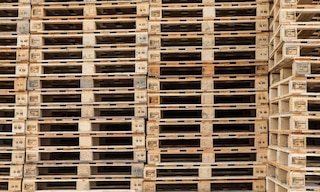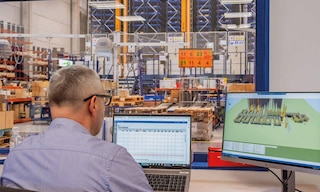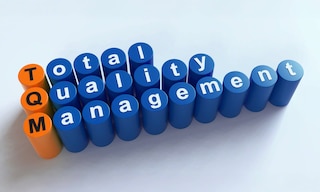
Warehouse Management Solutions
At Interlake Mecalux our goal is to assist you with the three key factors in logistics operations: inventory control, order management & organization of human resources to reach your objectives.
-

-

Inventory planning: How to ensure stock control and availability
-

ABC XYZ analysis: Pros and cons
-

DIFOT: What it is and how to measure it
-

The future of AI in logistics: How artificial intelligence will transform the industry
-

SLA in supply chain management: What are service level agreements?
-

How to store and transport musical instruments
-

Logistics trends for 2026: From AI to the rise of automation
-

Pareto chart: How to make one and examples in logistics
-

What is total productive maintenance? Implementing TPM in business
-

Supply chain scenario planning: What it is and examples
-

How to reduce returns in ecommerce
-

How to use AI for business: Implementation and benefits
-

Intelligent automation: Definition and main applications in business
-

Pallet markings and codes: What do they mean?
-

OEE: What is OEE / overall equipment effectiveness?
-

Inventory restocking: What it is and how to optimize it
-

Uses of NFC tags: Applications in industry and logistics
-

What is quality control, and how is it implemented?
-

What is total quality management (TQM)?
